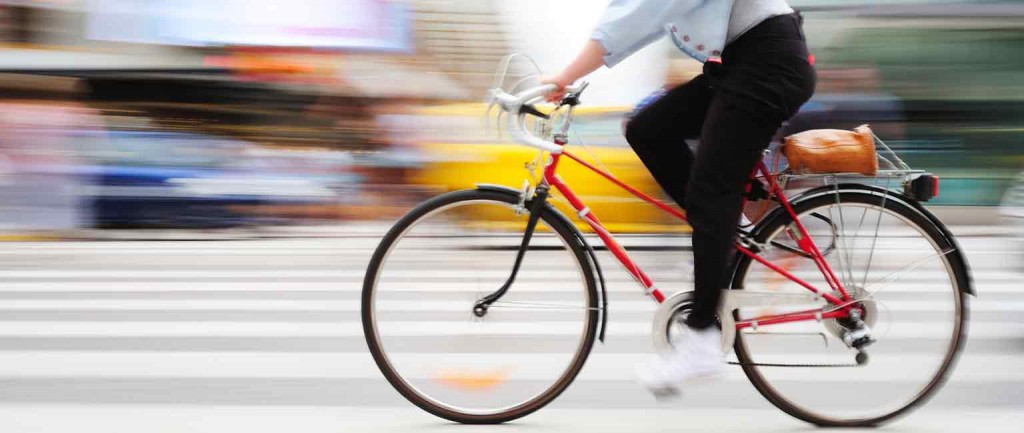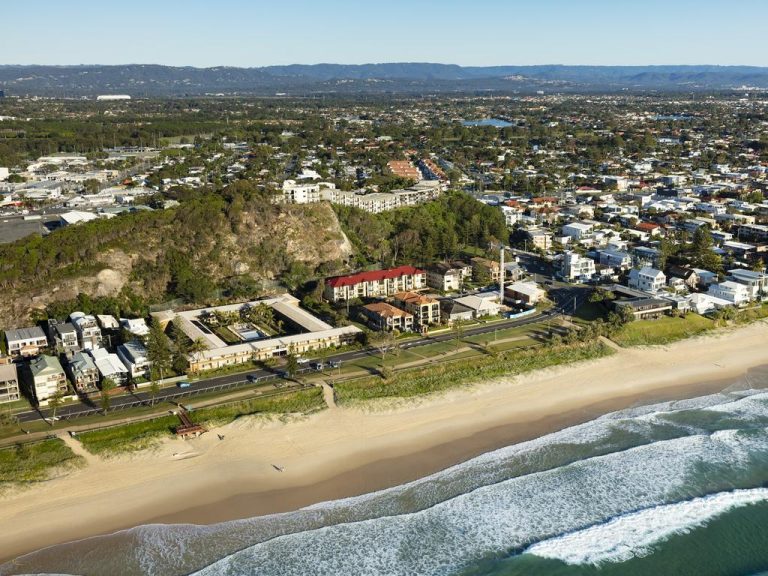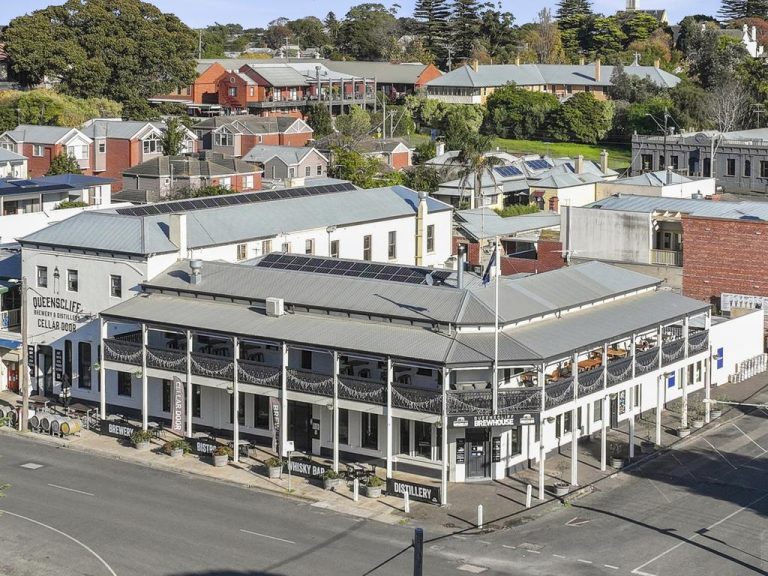On your bike: why office bike racks are in demand

Most cyclists will tell you that bike racks have always been located in the deepest, darkest reaches of the office basement.
Rarely would cyclists find secure storage space, let alone showers and changing facilities, anywhere handy.
Well, not any more. Cyclist facilities are now one of the top four attributes desired by staff in Colliers International’s latest Office Tenant Survey.
Climate change is a key
This demand is being driven by more than just fitness fanatics.
Some people want to minimise their personal contributions to climate change – as 14% of the nation’s greenhouse gas emissions come from transport.
Other people are simply sick of being stuck in traffic.
Riding bikes is good for health
As our rates of obesity, asthma and heart disease soar, we are beginning to understand how the built environment can either enhance or damage our health.
VicHealth has found that children and older people living in the state’s growth areas – those most car-dependent – are more likely to be admitted to hospital with respiratory problems.
The built environment can either enhance or damage our health.
Our car-dependent cities are also damaging our national economy. The Australian Government estimates that congestion may cost the economy $20.4 billion a year by 2020.
At the same time, the Green Star rating system has transformed the way cycling facilities are viewed within buildings.
Read more: Why green stars matter for office performance
Today, cycling facilities are considered as part of a holistic approach to sustainable design and construction.
What do cyclists need?
The 6 Star Green Star ANZ Centre in Melbourne, for instance, has 560 bicycle spaces, 59 showers and more than 750 lockers.
The cycling facilities complement the yoga and pilates classes, physiotherapy and massage at the ANZ Wellness Centre, all integral elements of the employee attraction and retention program.
The cycling facilities complement the yoga and pilates classes, physiotherapy and massage.
Over at 500 Bourke St in Melbourne, home to NAB, a secure bicycle cage with 300 spaces, 30 showers and 400 lockers encourage staff to ride to work.
NAB’s Group Executive Group Business Services, Gavin Slater, says the bank encourages “our people to make sustainable choices in their everyday lives and are committed to providing the necessary support and facilities for our people to maintain a healthy lifestyle”.
There are simple steps you can take to get your building up to speed.
Read more: Office fitouts: 10 ways it’s easy to be green
More bikes means fewer cars
We know, for example, that a well-considered transport plan can reduce the number of people driving to work by as much as 15%.
Building owners and operators that develop transport plans can achieve points towards a Green Star – Performance rating for initiatives such as investment in end-of-trip facilities, carpooling clubs and car-sharing opportunities, as just three examples.
As a general rule of thumb, your building should have bicycle parking for 5% of the regular occupants, as well as one locker for each corresponding bike space, and one shower for each 10 bike spaces.
Bike spaces appeal to tenants
Colliers International has found that tenants now rate bike parking higher than space to park the car.
As this trend grows, we can expect that buildings with cycling facilities will be more rentable and, ultimately, saleable.
Read more: Sustainability, the environment & commercial property







